Many areas of the Diamond Riverside apartment building corridor (District 8) had peeling and bulging bricks after the earthquake. (Source: Tin Tuc Newspaper)
However, high-rise buildings are increasing in both number and height nationwide. Therefore, the 7.7 magnitude earthquake in Myanmar with severe damage at the epicenter and widespread tremors has caused public concern and concern about the resilience of high-rise buildings in Vietnam. Especially in Ho Chi Minh City, people reported cracks and peeling brick floors after the earthquake that occurred on March 28.
Sharing these concerns and worries, the QH expert said that since 1990, basically, construction works have been calculated for their earthquake resistance. Before that, high-rise buildings were mainly old collective buildings, commonly 3-5 floors, built during the "subsidy period" and had not been calculated for this factor. However, Vietnam is not located in the "earthquake belt", so this issue was not a concern at that time but mainly a matter of prevention.
According to the QH expert, since 2006, earthquake-resistant construction design has become one of the mandatory requirements to ensure the safety of constructions and users, especially in geologically unstable areas. Specifically, in 2006, the Ministry of Construction issued the Vietnamese Construction Standard TCXDVN 375:2006 "Earthquake-resistant construction design" and was converted into the national standard TCVN 9386:2012 in 2012.
This is the basis for investors to calculate the earthquake resistance of the project. Thus, the legal framework and the system of standards and regulations related to earthquake resistance for projects are relatively complete and are continuously updated. The next issue is the implementation supervision, this expert affirmed.
From the perspective of a professional agency, Dr. Le Minh Long, Deputy Director of the Department of Science, Technology, Environment and Construction Materials under the Ministry of Construction, said that the Ministry of Construction has issued and advised on the issuance of regulations and standards related to the design and construction of earthquake-resistant structures to ensure the safety, durability and resilience of structures to the impact of earthquakes.
Article 91 of the 2014 Construction Law (amended and supplemented in 2020) stipulates the safety of construction works. Accordingly, construction works must be designed and constructed to ensure load-bearing capacity, stability and sustainability in earthquake conditions.
By 2022, the Ministry of Construction has issued QCVN 02:2022/BXD National technical regulation on natural condition data used in construction based on the review of QCVN 02:2009/BXD. This technical regulation stipulates natural condition data applied in the preparation, appraisal and approval of construction activities including: construction planning; investment project preparation, design, construction, construction supervision and management of construction investment projects in Vietnam.
It is necessary to assess the impact on key projects and construction works. (Photo: Hung Vo/Vietnam+)
When designing earthquake-resistant structures, the reference ground acceleration peak at the construction site is determined in one of two ways. Either according to the reference ground acceleration peak zoning table according to administrative place names; or when more precision is needed, according to the Reference Ground Acceleration Peak Zoning Map of Vietnam territory at a scale of 1:1,000,000 (stored at the Institute of Geophysics, Vietnam Academy of Science and Technology).
Vietnam is located far from the geological fault zone caused by the earthquake chain, so in reality, major earthquakes do not occur often, especially in urban areas with high-rise buildings such as Hanoi and Ho Chi Minh City. However, the regulations and standards on this issue must still be strictly followed. When constructing, the works must be surveyed, designed, constructed, and accepted in accordance with the regulations and standards to ensure quality and durability; ensure safety for people, contribute to protecting property and minimizing damage in the event of an earthquake, Mr. Long said.
Many experts believe that the ability of buildings to withstand an earthquake depends on the geological area or the quality of the construction, such as whether the construction process ensures the correct quality, correct materials, and sufficient as designed. In addition, the construction factor must be considered because the higher the building, the easier it is to feel the "shake" when an earthquake occurs. Therefore, in large cities such as Hanoi and Ho Chi Minh City - where many high-rise buildings are concentrated, the tremors from the recent earthquake were felt very clearly by people.
Vietnam now has seismic design standards for buildings; in which an earthquake hazard map with ground acceleration values for the whole country has been developed. Accordingly, all buildings must be designed to withstand earthquakes according to this standard.
According to Dr. Nguyen Xuan Anh, Deputy Director of the Institute of Earth Sciences under the Vietnam Academy of Science and Technology, ensuring the earthquake resistance of structures is very important; it is necessary to assess earthquake risks and adapt from the foundation pouring and house construction stages...
For example, in Hanoi, there are many apartment buildings and collective houses that have degraded and weak structures that need to be assessed for earthquake risks. Because when the structure is weak and cannot withstand earthquakes, it will be very dangerous. Therefore, the authorities need to periodically assess to have a plan to either reinforce or demolish to ensure the safety of the people.
Not being subjective, conducting periodic inspections, monitoring and evaluations of the seismic resistance quality of constructions is necessary according to the Government's earthquake prevention regulations; in which, the role of local authorities and related specialized agencies is very important, Mr. Xuan Anh analyzed.
As for high-rise buildings, vibration meters should be installed to assess the level and impact. Currently, the assessment of the impact on buildings is mainly done by people using their senses. Monitoring devices will allow for the accurate determination of the level of vibration. From these data, appropriate warnings and recommendations will be issued to the people./.
According to VNA
Source: https://baothanhhoa.vn/chuyen-gia-giai-dap-ve-kha-nang-chong-chiu-dong-dat-cua-cac-cong-trinh-cao-tang-244403.htm



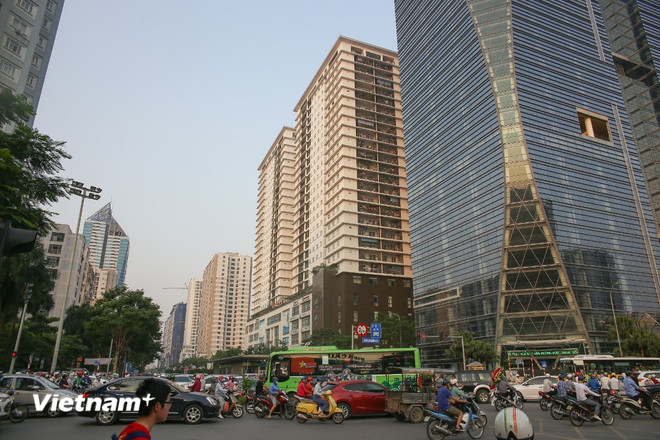
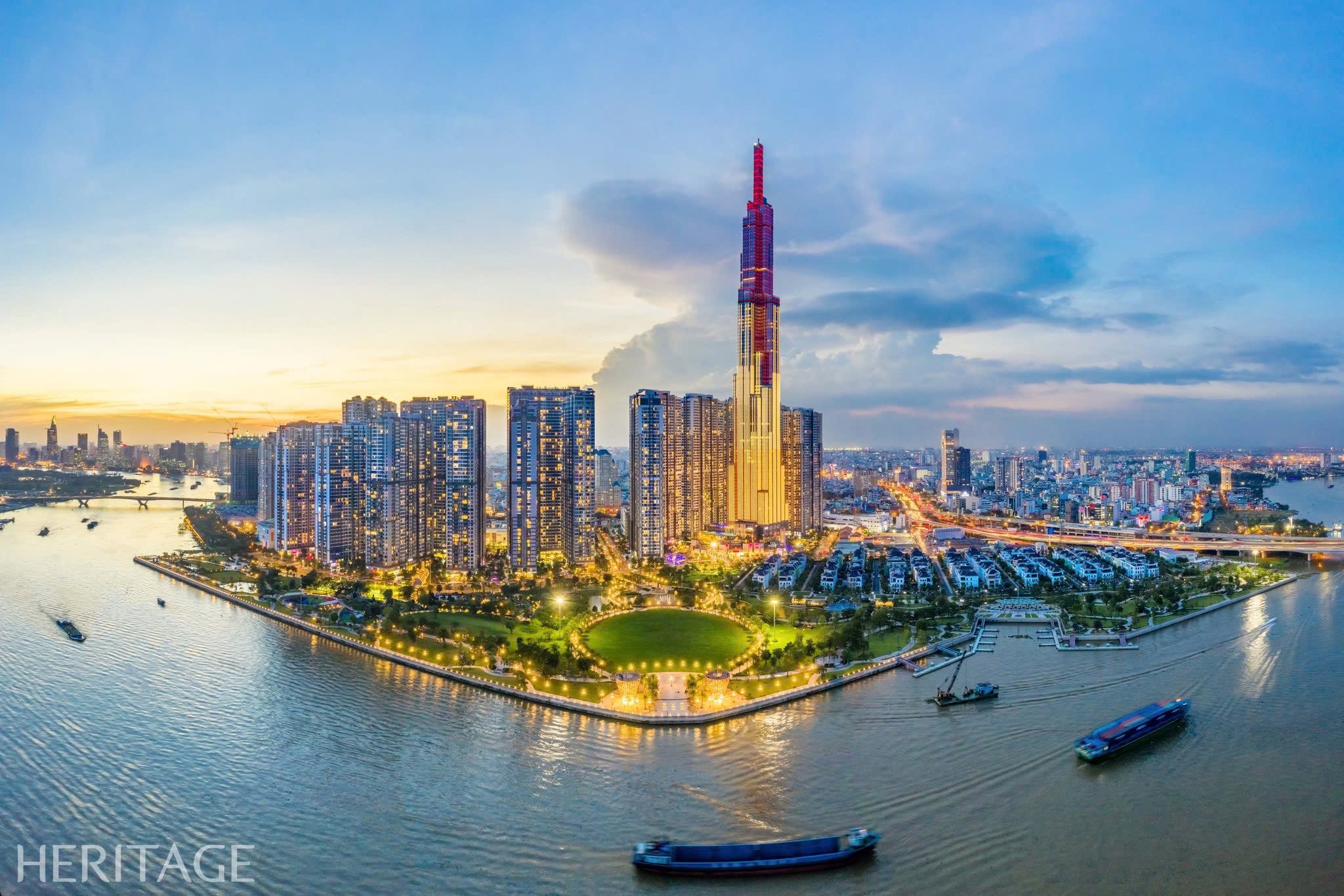

![[Photo] Prime Minister Pham Minh Chinh and Japanese Prime Minister Ishiba Shigeru attend the Vietnam - Japan Forum](https://vstatic.vietnam.vn/vietnam/resource/IMAGE/2025/4/29/fc09c3784d244fb5a4820845db94d4cf)
![[Photo] Prime Minister Pham Minh Chinh receives Cambodian Minister of Commerce](https://vstatic.vietnam.vn/vietnam/resource/IMAGE/2025/4/28/be7f31fb29aa453d906df179a51c14f7)
















![[Photo] Signing ceremony of cooperation and document exchange between Vietnam and Japan](https://vstatic.vietnam.vn/vietnam/resource/IMAGE/2025/4/28/e069929395524fa081768b99bac43467)

























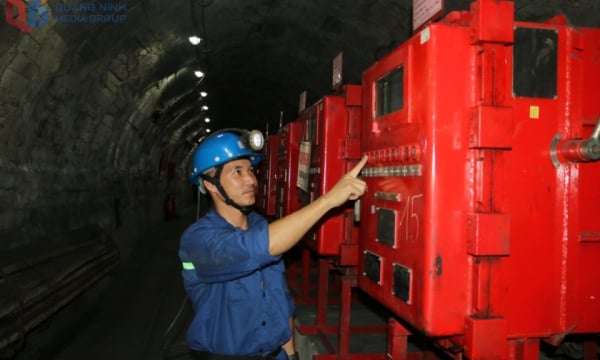























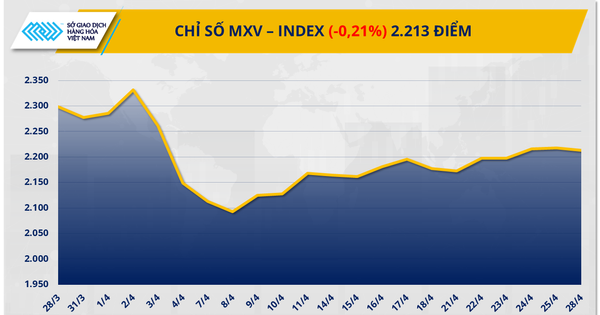






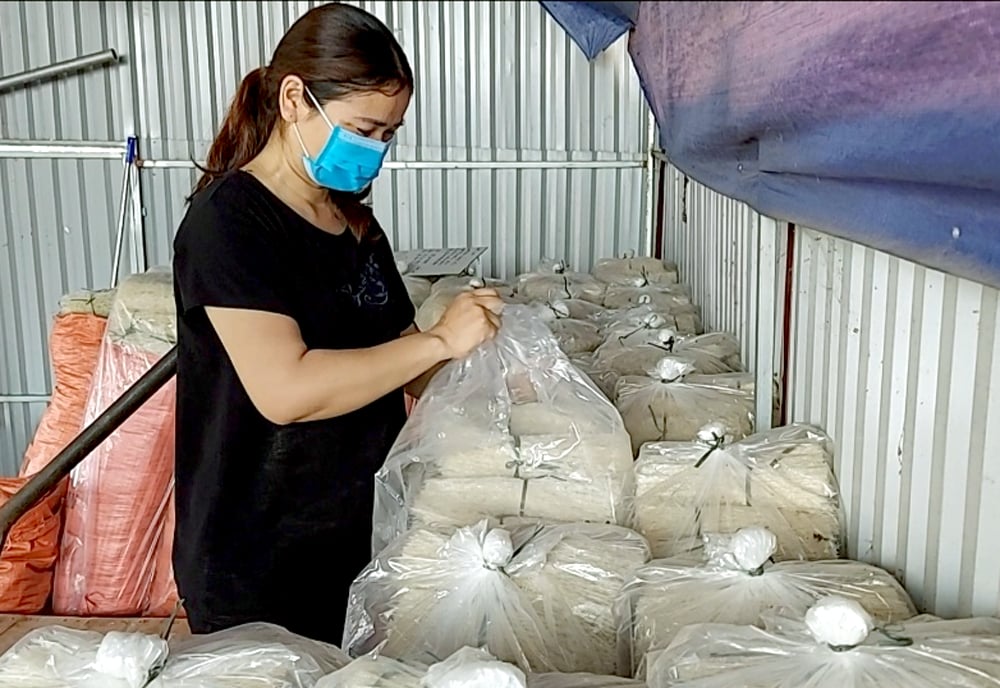










Comment (0)